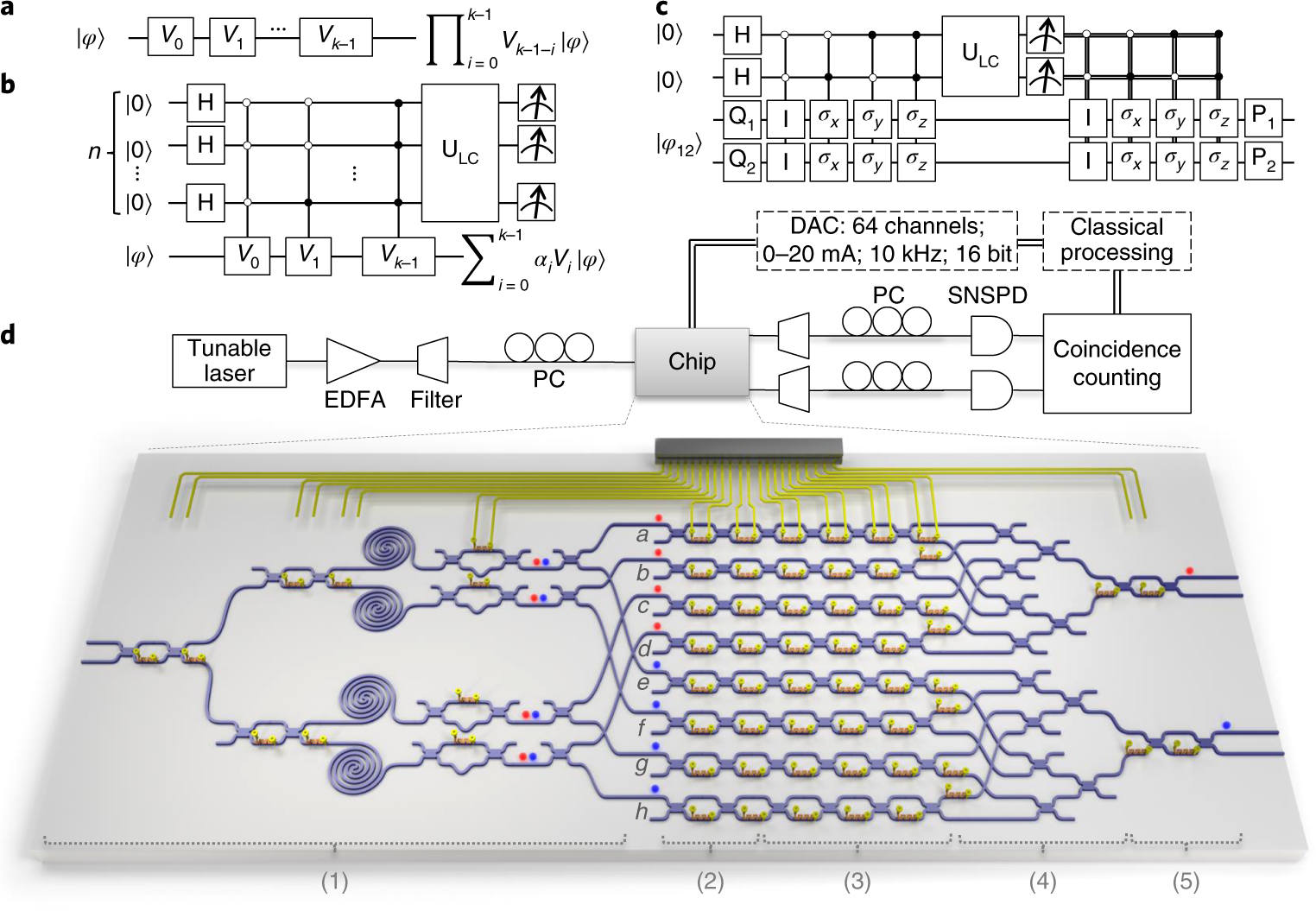Contents

Source: Nature
Exploring Quantum Photonics: Bridging Quantum Optics and Technology
Quantum photonics represents a fascinating intersection between quantum optics and applied technology. It leverages quantum effects for practical applications, making it a crucial component in the broader field of photonics. This article delves into the applications, technical aspects, and maturity levels of quantum photonics, providing a comprehensive overview of its current state and future potential.
Applications of Quantum Photonics
Quantum Communications
Quantum communications is primarily focused on enhancing information security. It utilizes the principles of quantum mechanics, such as the non-cloning theorem, to prevent undetected eavesdropping. This approach is pivotal in developing quantum cryptography and quantum key distribution systems, ensuring secure communication channels.
Quantum Computing
Quantum computing revolutionizes information processing by encoding data in quantum bits or qubits. Unlike classical bits, qubits can exist in superpositions of states, enabling complex calculations at unprecedented speeds. Quantum computing holds the potential to solve problems that are currently intractable for classical computers, including breaking cryptographic codes.
Quantum Information Processing
Beyond computing, quantum information processing encompasses a range of technologies such as quantum error correction, quantum cryptography, and quantum teleportation. These technologies are integral to developing robust quantum systems and expanding the capabilities of quantum photonics.
Technical Aspects of Quantum Photonics
Quantum photonics involves the precise control and manipulation of light and matter at the quantum level. This often requires the use of single photons and their interactions with matter, such as atoms or ions. Key technical elements include:
- Single Photon Sources: Devices that generate individual photons on demand, crucial for quantum communication and computing.
- Photon Pair Sources: These produce entangled photon pairs with correlated quantum states.
- Lasers: Special lasers with ultra-low noise and specific wavelengths are essential for quantum photonics applications.
- Photon Counting Detectors: These detectors register single photons, vital for measuring quantum states and ensuring secure quantum key distribution.
- Quantum Dots: Used to manipulate single photons in quantum systems.
- Optical Resonators: Devices that store photons temporarily and enhance light-matter interactions.
- Integrated Photonic Circuits: Miniaturized components that perform complex quantum operations efficiently.
Maturity Levels and Future Prospects
Quantum photonics is at varying stages of maturity across its applications. Quantum communications, particularly quantum cryptography, have reached a level where practical applications are emerging. However, quantum computing and other areas are still under intense research, with challenges such as scalability and quantum decoherence posing significant hurdles.
The future of quantum photonics lies in overcoming these challenges and developing robust, scalable technologies. This includes creating miniature devices for single photon sources, quantum gates, and quantum memories. As research progresses, quantum photonics could mirror the development of classical photonic integrated circuits, offering compact, cost-effective solutions for complex quantum operations.
Conclusion
Quantum photonics is a rapidly evolving field that promises to revolutionize technology through the application of quantum mechanics. As research and development continue, it holds the potential to transform communications, computing, and information processing, paving the way for a new era of technological advancement.

Source: Physik Instrumente
Feel free to comment your thoughts.



